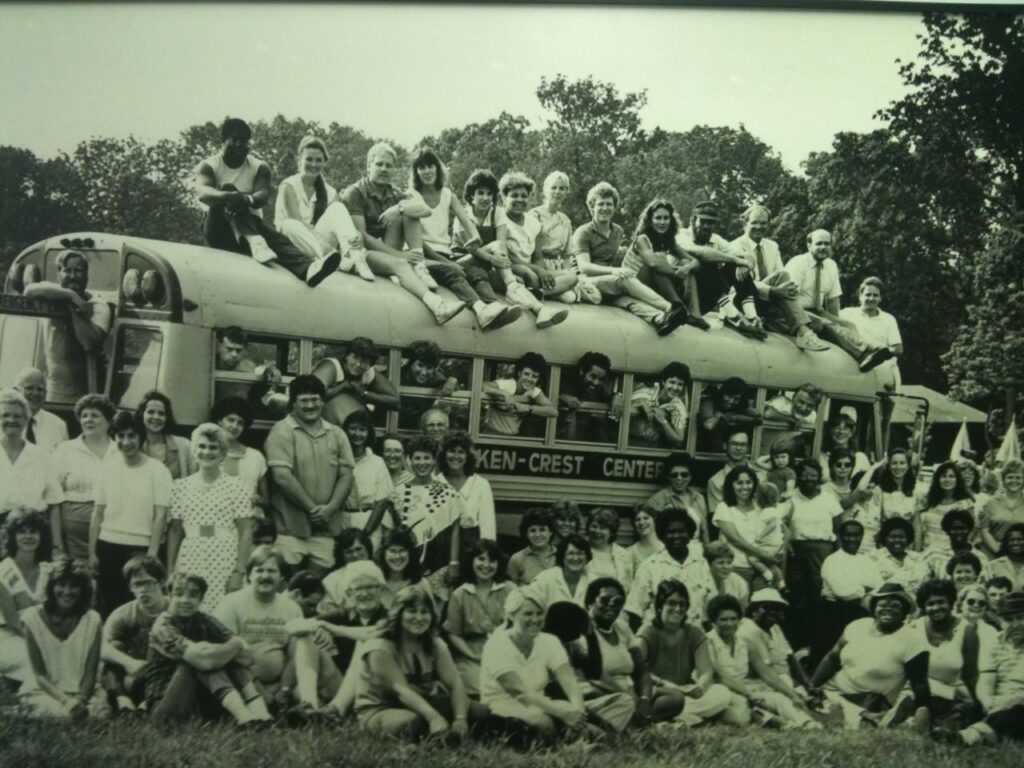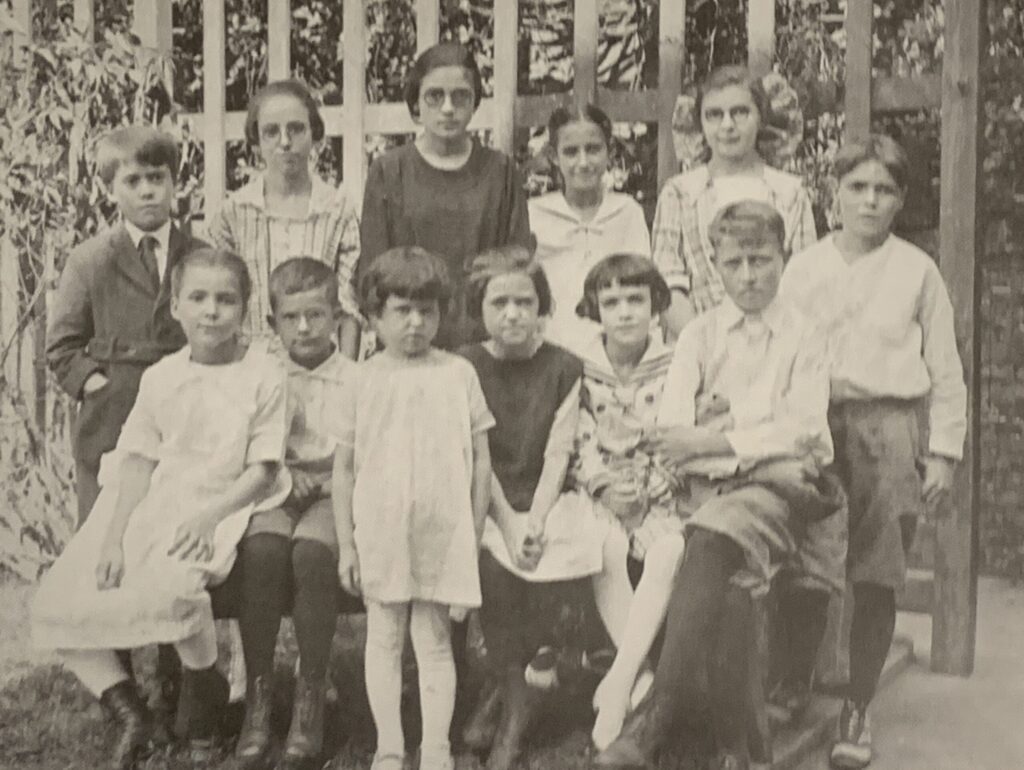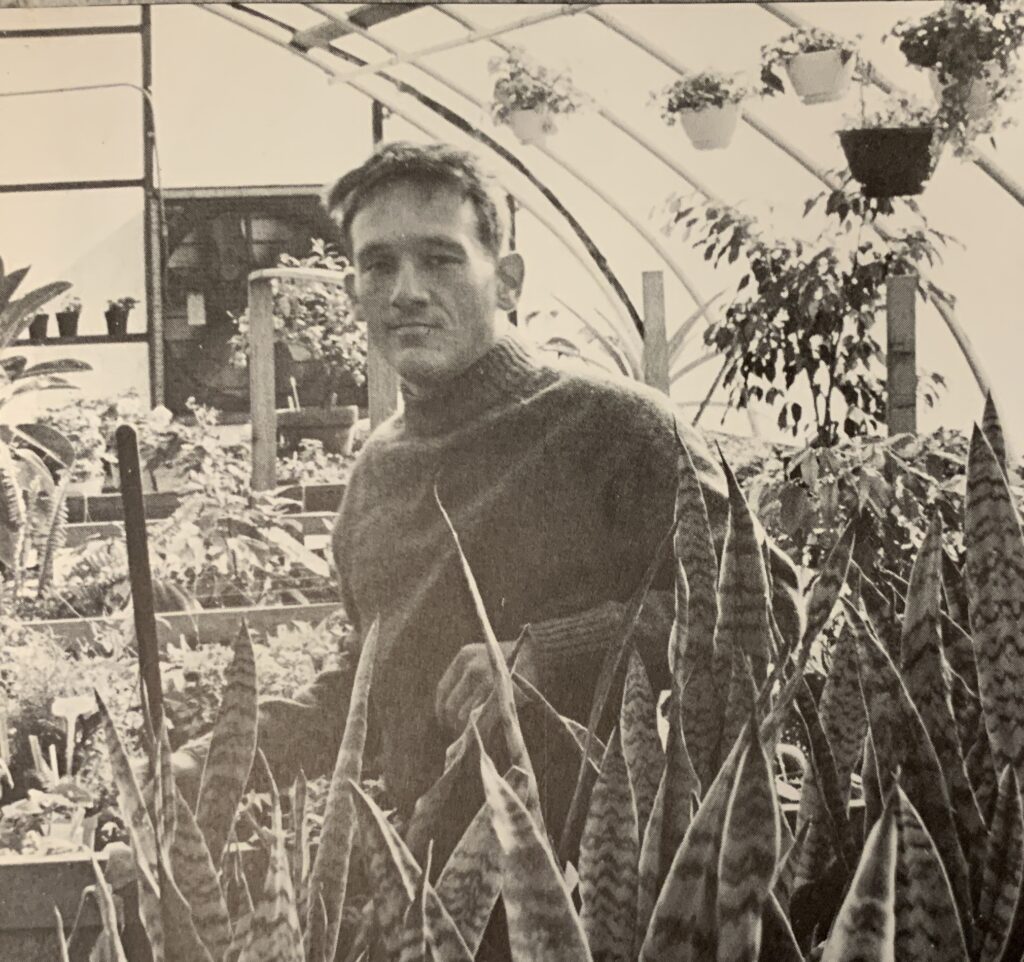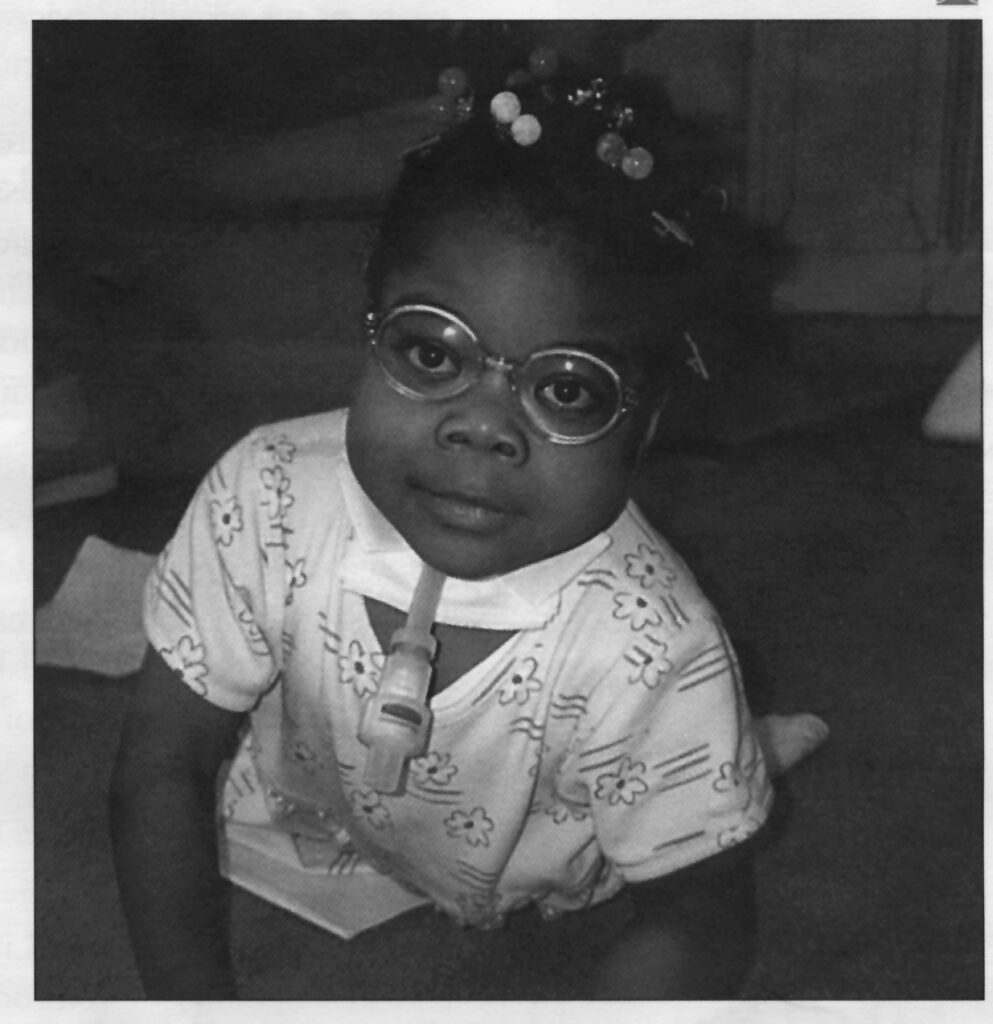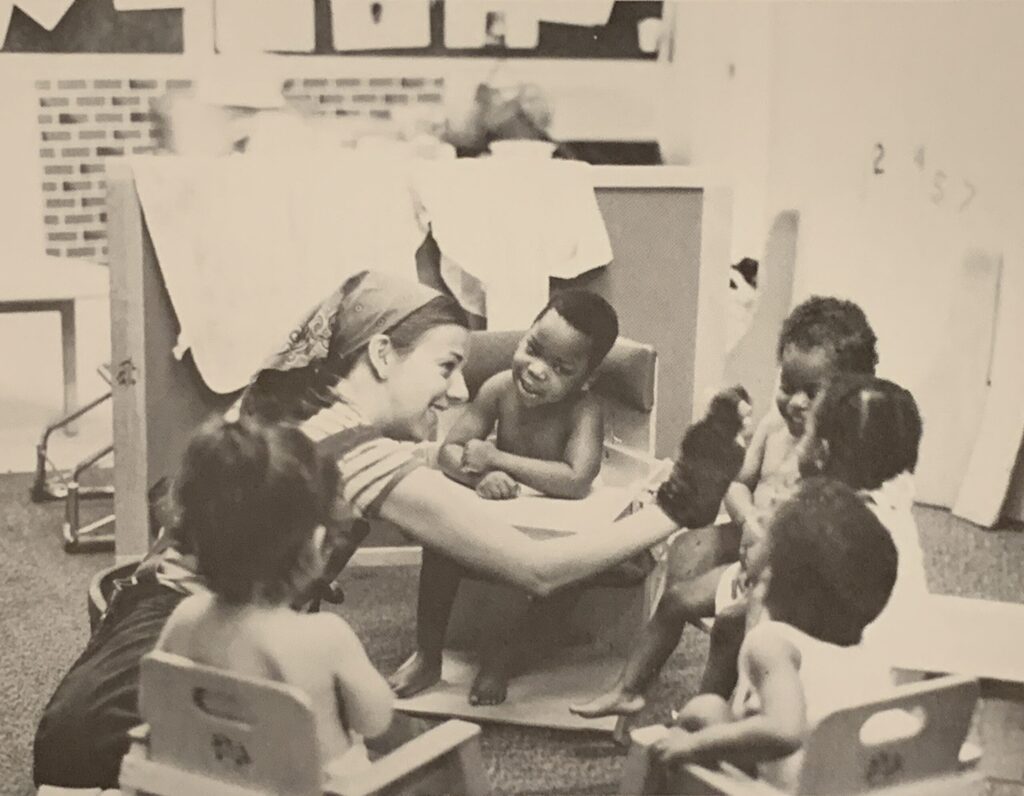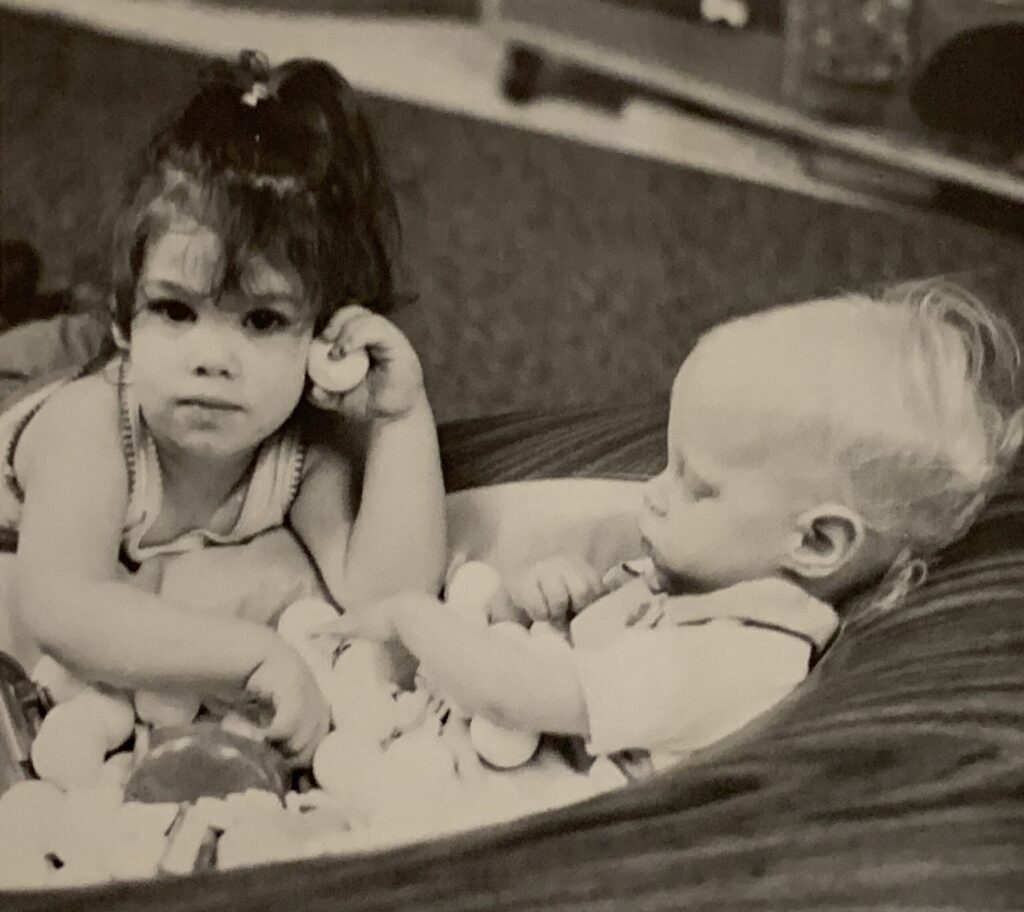Your Dreams. Our Mission. 120 Years of KenCrest.
As we enter our 120th year, we look back with pride at the long drumbeat of “firsts” and achievements in the field of human services. Since 1905, when tuberculosis was wreaking havoc throughout the United States, KenCrest began as a dispensary in Philadelphia’s Kensington neighborhood under the charge of Sister Maria Roeck. From those humble beginnings, we have evolved into one of the largest providers of disability services in Pennsylvania.
Our journey is marked by a steadfast commitment to holistic care, recognizing the need to support the whole person, not just a part of them. Sister Maria's vision extended beyond treating tuberculosis; she also provided home health visits, eye care, dental clinics, and more. This comprehensive approach has been a cornerstone of our mission, ensuring that those in need receive dignity, respect, and the opportunity to achieve their fullest potential.
We continue this holistic approach today in our philosophy for disability services. We support person-centered planning and prioritize it by offering several services from birth to adulthood to help those with an intellectual or developmental disability thrive in all aspects of their life. All our services seek to increase a person’s quality of life based on desires, preferences, and goals.
Our mission is to support community development by exploring possibilities, mobilizing resources, and empowering dreams.
To celebrate our 120 years in service, take a stroll down take and discover the incredible journey KenCrest has taken throughout history.
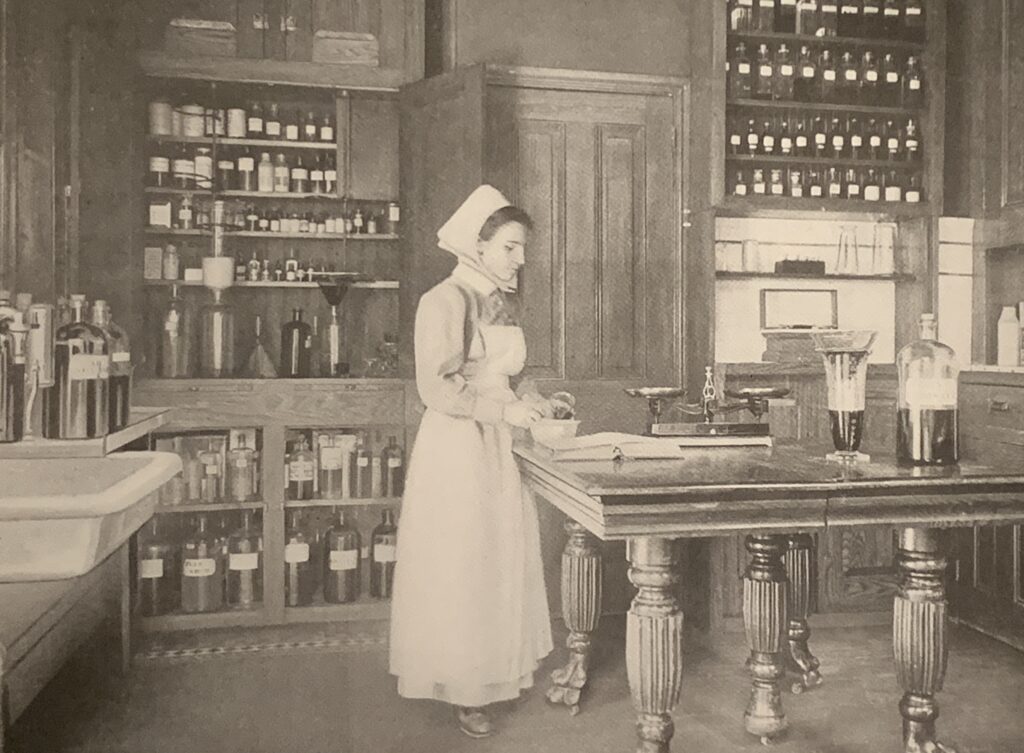
1903 - 1905 The Beginning
andIn 1905, amid the smoke and steel of early 20th-century Philadelphia, tuberculosis ravaged communities, and hope was often in short supply. But for one determined woman, Sister Maria Roeck, the suffering she witnessed was not just a tragedy but a call to action. With grit, conviction, and an unshakable sense of purpose, Sister Maria Roeck and Rev. August Fischer came together and rallied local churches to establish the Kensington Dispensary for the Treatment of Tuberculosis.
What began as a mission to heal the sick would ultimately evolve into something even greater: a movement dedicated to empowering individuals with intellectual and developmental disabilities, ensuring that everyone was treated with respect, dignity, and care.
1906-1911: The Start of the Dispensary
According to Sister Maria’s diary, talks and discussions began on May 10, 1905, leading to bold action. Sister Maria and Rev. Fischer met with Dr. Lawrence Eisenhardt, a neighborhood physician deeply concerned for TB patients. After lengthy discussions, they agreed to start their dispensary in Kensington.
Thus, the Kensington Dispensary for the Treatment of Tuberculosis was born. From June 5, 1905, to April 30, 1907, 300 volunteers volunteered their time, services, and financial resources to ensure the Dispensary’s success.
Sister Maria was really dedicated to her cause, and when the Dispensary lacked the funds to offer support, she would walk through the neighborhood asking for donations. Her dedication to those in need allowed the organization to thrive for 120 years.
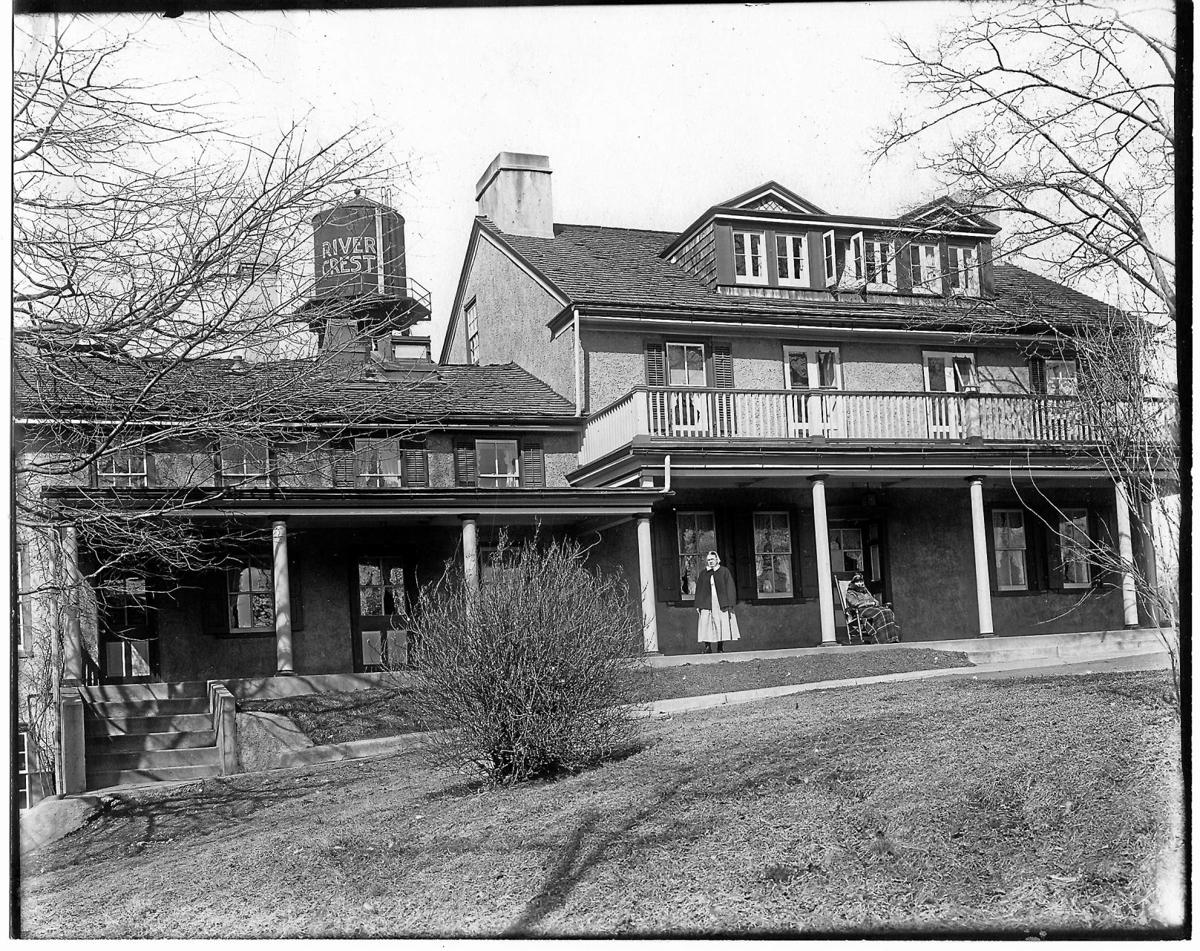
1912-1924: Starting "A Place in the Sun"
As the dispensary work continued, Sister Maria noticed another great need. Many of the children with families who had tuberculosis were getting sicker and sicker. Many of the children in these families were non-tuberculosis but showed a history of exposure to the disease. These patients, as well as those who were poorly nourished and in ill-kept surroundings, were the ones most susceptible to disease.
She found a 140-acre farm near Mont Clare called “Cornish Farm” along the Schuylkill River. When they visited, they immediately began talking about the house and how they could turn it into a dormitory for children and offer recreation for tired and sick kids.
That "Country Branch" became RiverCrest and would house these children for some time and get them away from the industrial city and into the fresh air.
1925–1938: Expanding RiverCrest
Since its inauguration in 1913, RiverCrest Crest continued expanding to help support children and their families suffering from Tuberculosis. By the end of 1925, the home cared for more than 2,000 children. With a steadily growing population, River Crest knew it needed to expand its facilities. During a joint meeting of the Kensington Dispensary Board of Managers and The River Crest Committee, they decided to build a new and larger facility where they could expand their efforts and help even more children in need.
On December 3, 1925, the Board and Committee came to a decision to host a fundraising effort to support the new building. In May 1927, work on the new building began, and the cornerstone was laid in June of that year. Just a few years later, on April 29, 1929, the new building was dedicated in an impressive ceremony attended by a crowd of 1,000 people to dedicate the day.
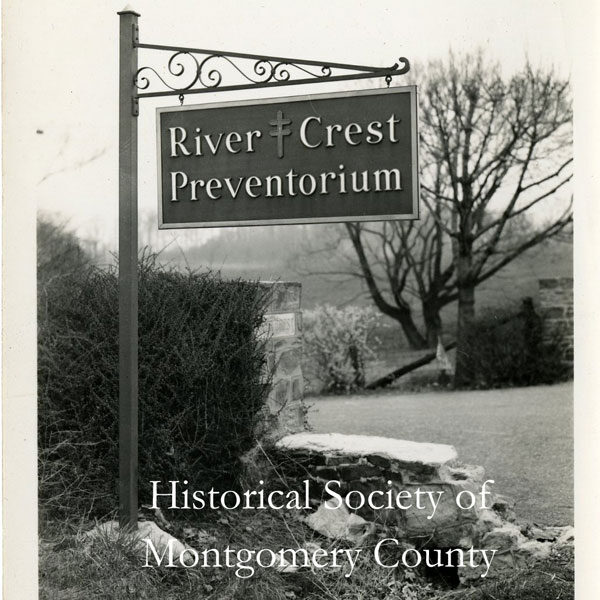
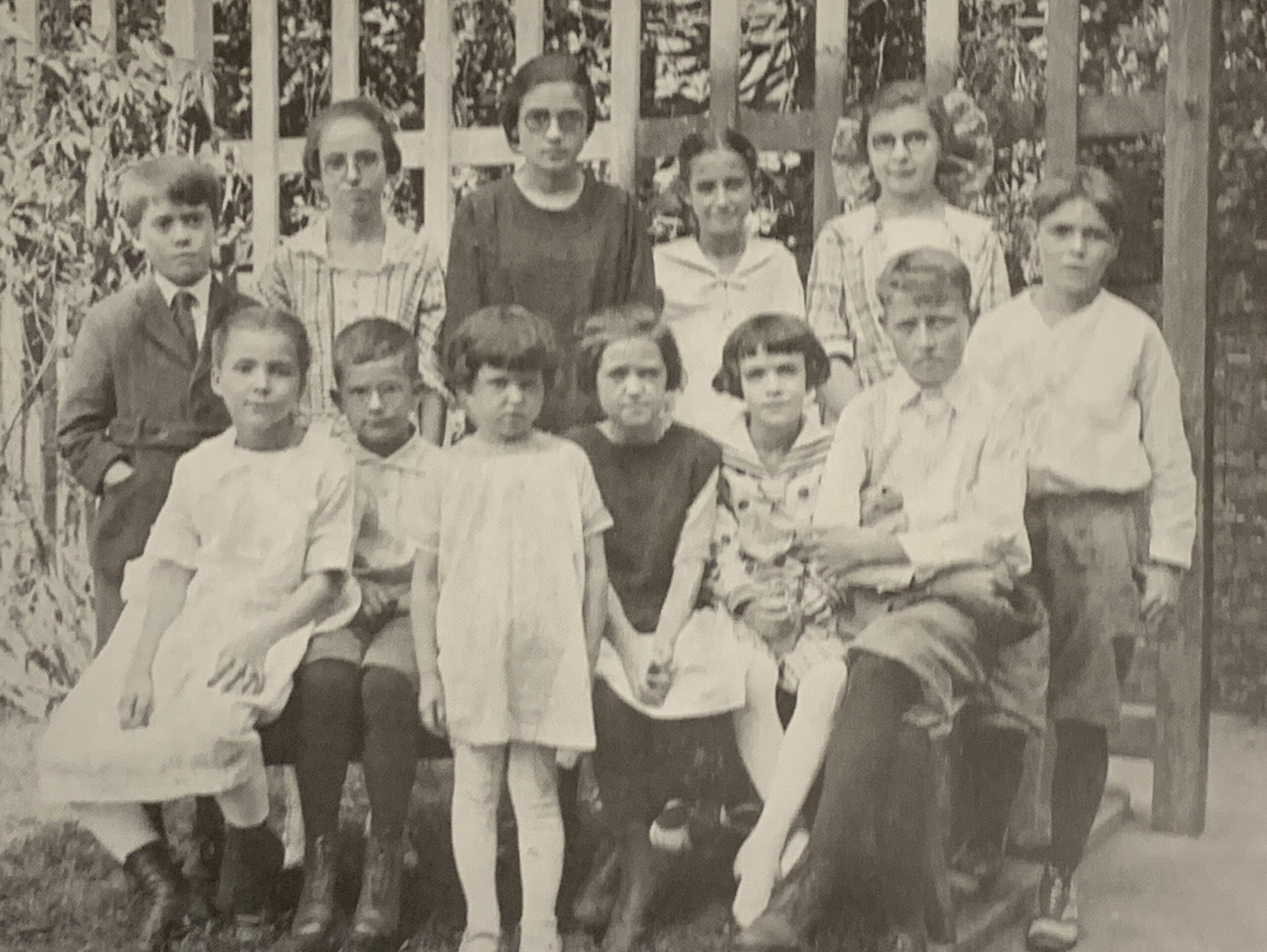
1938-1946: The Transition to New Leadership
After many dedicated years to the Kensington Dispensary and River Crest, Sister Maria Roeck retired. Throughout the years, the Kensington Dispensary saw fewer and fewer tuberculosis patients, so its work focused more on general health concerns, such as serving neighborhood poverty and malnourishment.
As World War II began, Sister Maria’s successor, Sister Bertha Stickel, R.N., was left to navigate the dispensary. There was fear and worry about what new illnesses the Dispensary would expect as the war ended. But by the end of 1945, no new health crisis appeared. It was then that the idea of redirecting the dispensary's mission took shape.
1947-1960: Sister Grace Changes Everything
When Sister Grace Jones became the new Deaconess-In-Charge of the Kensington Dispensary, she transformed its 50-year mission, reshaping an organization that would endure for decades. Having worked closely with children with developmental disabilities, she saw the need to shift the focus from tuberculosis care to supporting individuals with intellectual and developmental disabilities and their families.
The Kensington Dispensary became the first non-institutional education program in the country after three children with developmental disabilities began attending classes. This program aimed to teach these children to have meaningful and whole lives within their community. With a clear need for community-based programs, Sister Grace formed a second class at the Kensington Dispensary, and a class began at River Crest for children with developmental disabilities. River Crest even included a summer camp program.
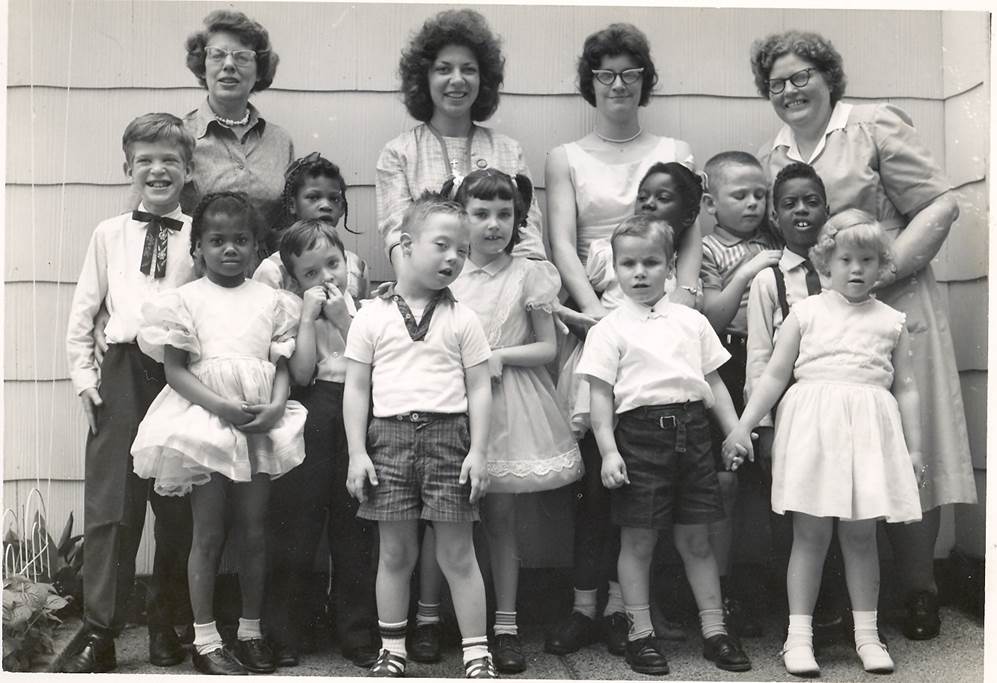
![01105_30[SQ] KenCrest-intellectual-disability](https://www.kencrest.org/wp-content/uploads/2025/02/01105_30SQ-981x1024.jpg)
1961-1974: Striving Towards Community Inclusion
Institutionalization was once the norm during this time, and children with disabilities were often denied education. Sister Grace Jones, James O’Vammen, and a growing network of advocates fought for change. They championed community inclusion and family support, leading the organization’s shift from institutionalized care to community-based homes. In 1966, the Commonwealth passed the Mental Health & Mental Retardation Act, providing crucial funding for programs at the Dispensary and RiverCrest—an opportunity the agency hesitated to embrace but ultimately accepted to expand its services.
Under Sister Grace's leadership, on April 15, 1968, the organization officially became Ken-Crest Centers for Exceptional Persons, marking a new chapter. She became Director of Residential Services at RiverCrest, while Vammen made history as Ken-Crest’s first non-deaconess Executive Director.
1975-1985: Ken-Crest Grows Stronger
The signing of the Individuals with Disabilities Education Act led to the closure of Pennhurst, solidifying KenCrest’s role as a pioneer in developing community-based services in Pennsylvania and Delaware. Two KenCrest transitional group homes became the first in Pennsylvania to receive Department of Health approval for federal funding under the intermediate care facilities program, supporting small residential programs for individuals with developmental disabilities.
William J. Nolan, whose son was born with multiple disabilities and passed away before his first birthday, began volunteering as a fundraiser before becoming KenCrest’s Executive Director, expanding Sister Grace’s mission. Under his leadership, KenCrest became the first provider of community residential services for adults with developmental disabilities in Delaware. As the organization grew, Nolan restructured it into two entities—KenCrest Services, managing government-funded programs, and KenCrest Centers, supporting privately funded initiatives—ensuring a balanced and sustainable future.
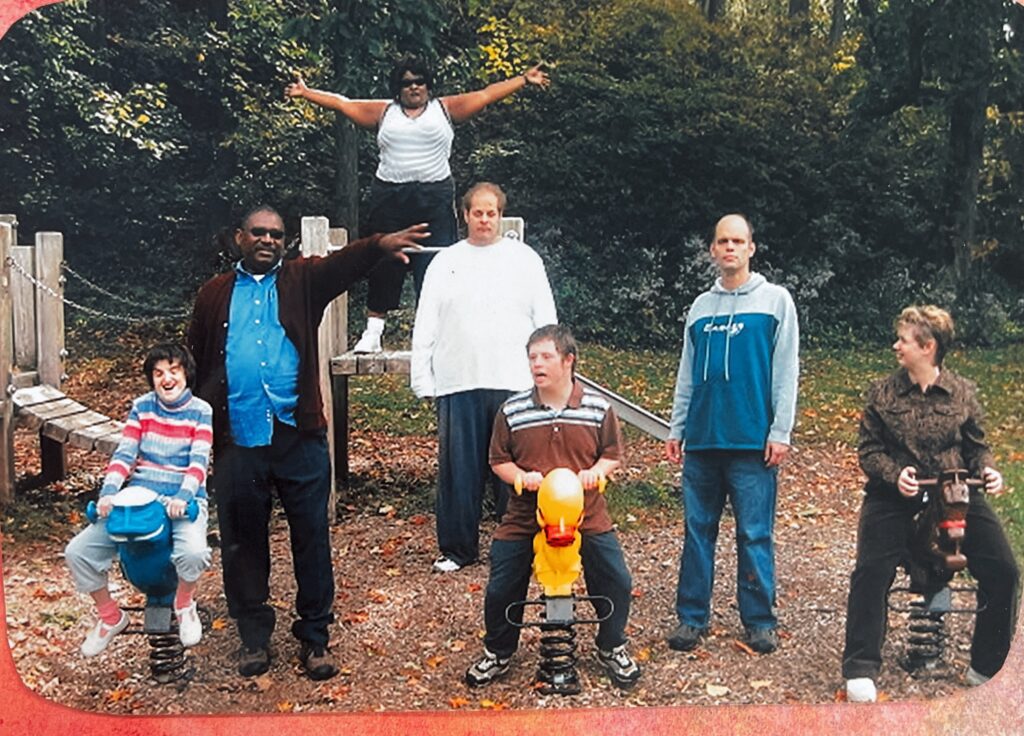
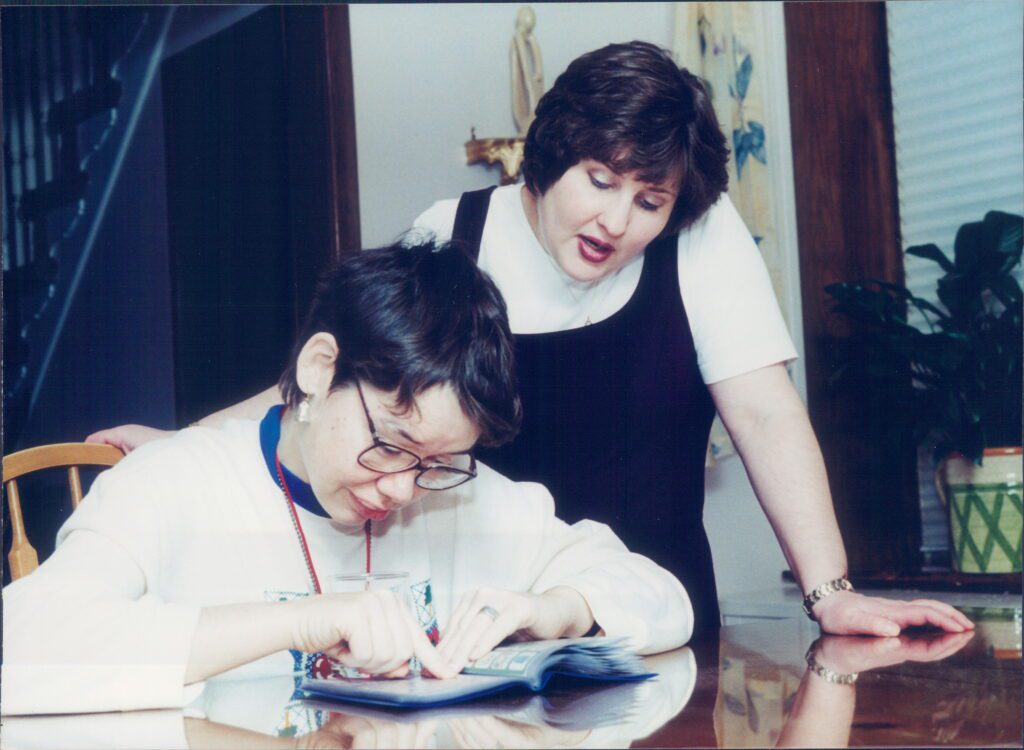
1986-1995: Expanded Support
In 1986, KenCrest made the bold decision to depopulate RiverCrest, carefully transitioning residents into community-based living over five years. Around the same time, Philadelphia’s first community-based program for medically fragile preschoolers opened in West Kensington, allowing children with complex medical needs to leave the hospital earlier and reunite with their families, thanks to support from the PEW Charitable Trusts.
KenCrest also expanded its mission by helping individuals with disabilities find meaningful employment, offering job training, coaching, and resume support. To further promote independence, the Personal Support Network was established, assisting those who could live on their own with minimal support, including school-aged children and adults.
1996-2015: Looking to the Future
KenCrest embraced the Positive Approaches philosophy, guiding staff in their interactions with both the people they support and one another. Expanding its vocational services, KenCrest partnered with school districts to launch EmployNet, a program that builds students’ confidence and employability skills through person-centered career planning. With the final hurdles cleared, the sale of RiverCrest was finalized, and KenCrest worked with parents to bridge the gap between school and employment, creating TransitionMap to help young people navigate adult life. The RiverCrest Fund was established, providing over $1 million in its first three years to support staff-driven innovations, now known as the New Business Ideas Initiative. That same year, KenCrest received a $4,610 grant from the Rite Aid Foundation to purchase augmentative and alternative communication devices for medically fragile children in transitional care homes.
![Nolan B0000099A [teen consumer adult staff] KenCrest-residential](https://www.kencrest.org/wp-content/uploads/2025/02/Nolan-B0000099A-teen-consumer-adult-staff-scaled.jpg)
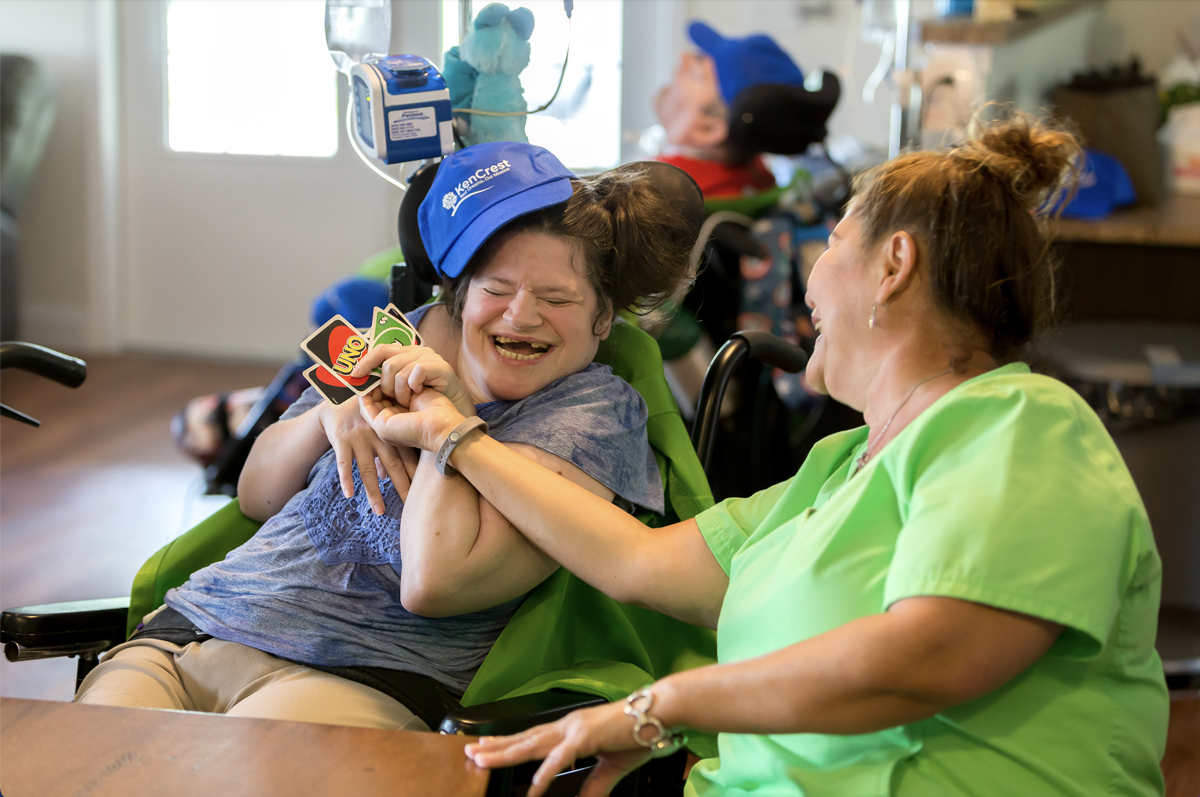
2016-2025: A New Leader
Marian Baldini began at KenCrest serving as the first female CEO and leader in over 35 years and has reorganized the organization to align administrative and service goals. She has fought for inclusivity for those she serves by implementing an advocacy strategy that increases the interactions with local, state, and federal legislatures.
KenCrest launched the Enabling Technology program, empowering individuals with assistive tools to enhance their independence, earning recognition as Pennsylvania’s second Tech First Shift Accredited organization. To promote inclusion, the Child Care Swift Support program was introduced, ensuring children with developmental delays receive the support they need. The Stepping Stones Transitional program helped individuals transition into supported independent living, while the Meaningful Day program encouraged those served to explore hobbies, classes, and community events. Through the Ticket to Work initiative, KenCrest developed a new approach to employment services over 18 months.
Learn More About KenCrest
Learn more about our services.
Check out our latest magazine issues.
Read our latest stories from around the agency.
Meet our leadership team.
Explore our church partnerships. COMING SOON!
Careers grow here with KenCrest.
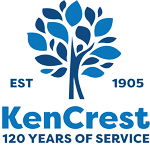
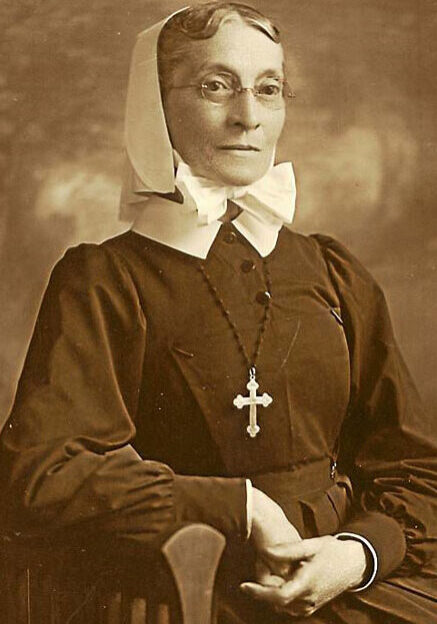
![01105_1a[LQ] kensington-dispensary-2](https://www.kencrest.org/wp-content/uploads/2025/02/01105_1aLQ.jpg)
